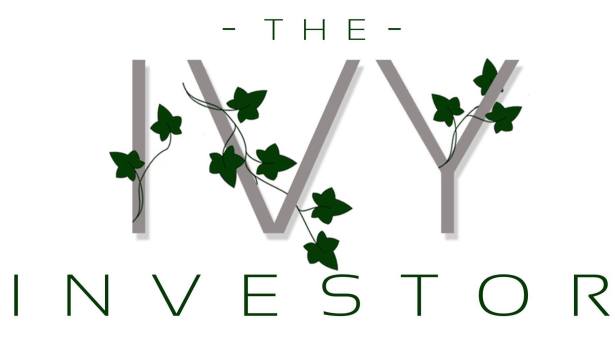Insurance. It’s one of the few products that we understand and why we need it. Whether it’s car insurance, health insurance, or life insurance, its purpose is to protect against your loss and transfer your personal risk to a large company. That definition sounds good, but few know what “loss protection and risk transfer” actually means in real life terms. Ironically, many insurance sales agents do not understand what “loss protection and risk transfer” means, and the result is insurance “solutions” that do not really solve anything and are extremely expensive. Think of it this way. You enter a car dealership with the intent to purchase a used car and you leave with a Bentley. How’s that for a poor fit?
When I started as a financial advisor, I quickly learned what products paid the most in terms of commissions. Insurance was, and still is, number one. Some people like to sell the dream that insurance can increase wealth and protect against risk at the same time. No. Very few financial products can serve two roles equally, and insurance is not an exception.
Here’s an example. For Ann, a 30-year old female with excellent health in Pennsylvania, purchases a $500,0000 term life insurance policy for 30 years. It would cost her approximately $335.00 per year. However, a $500,000 whole life insurance policy would cost Ann $3,345.00 per year. At age 65, if she decided to stop paying premiums, she could either (1) cash out, terminate the policy and take the cash value of the policy, and have approximately $174,700 or (2) use the guaranteed paid up option, inform the company that she wants to stop paying premiums, take what has accumulated as a death benefit, and have an insurance policy that would pay out $397,500.00 at her death to her designated beneficiaries.
Let’s put perspective on this example. If you put, $3,345 in a cookie jar for 30 years, you would have a savings of $100,350.00. With the above example, the whole life policy would have an increase of $74, 350 over principal, which is no a small amount. However, if you put $278.75 per month, which is $3,345.00 annually, into an investment yielding 8% over 30 years (compounding the interest once a year), you would have approximately $378,932.34. If you notice, this number is close to the guaranteed paid up option and not the cash value, the money Ann would have in hand, if she took the cash out at 65.
Where do you start? In the above example, I used term life insurance and whole life insurance. But what are they, and what is the difference between them?
Term. Term life insurance pays the face value, or the death benefit, of the life insurance policy if the insured dies during a specified period of time. As long as premiums, your cost of the insurance, is paid. From the above example, the $500,000 policy amount, is the death benefit, and the specified term is 30 years. The benefit of term insurance is that it is low cost; but the drawback is that it is not permanent at the age of 60. This individual would no longer have the protection of this policy.
Whole. Whole life is a type of permanent insurance. It provides lifetime protection, which you pay a predetermined and level premium. The cash value usually has a minimum guaranteed rate of interest, and the death benefit is a fixed amount. Most whole life policies allow you to take loans from the cash value. Whole life insurance is the most expensive life-insurance product available for its permanency, level premiums, the building of cash value, and the ability to take loans from the cash value.
So what to do?
The point of insurance is to transfer the risk of the loss of your earning potential, as a result of your death, from your family to a big insurance company. Insurance is not meant to build wealth for your family; and by doing so, as seen above, it can be a costly proposition.
Ideally, if you have minor children and a mortgage, term life insurance in the proper amount would work well. Consider what it would take to pay off the house and make sure the children are taken care of. You could, as in Ann’s case, take the other thousands of dollars and invest it, or use it to pay off debt. And consider this, if for some time, you cannot afford your premiums, your policy will be cancelled.
I even appreciate whole life policies in small amounts, i.e. $25,000, to cover your burial and related expenses. I do caution against using insurance for wealth building when there are other, more appropriate tools to do that.
I’ve said this before and I will say it again. Not everyone may need a life insurance policy, but EVERYONE needs a will. But if you are wondering if you need life insurance, ask yourself this question, “Would my death cause a financial hardship for anyone?” If the answer is yes, then you need to get moving on finding a policy that works for you and your loved ones.

